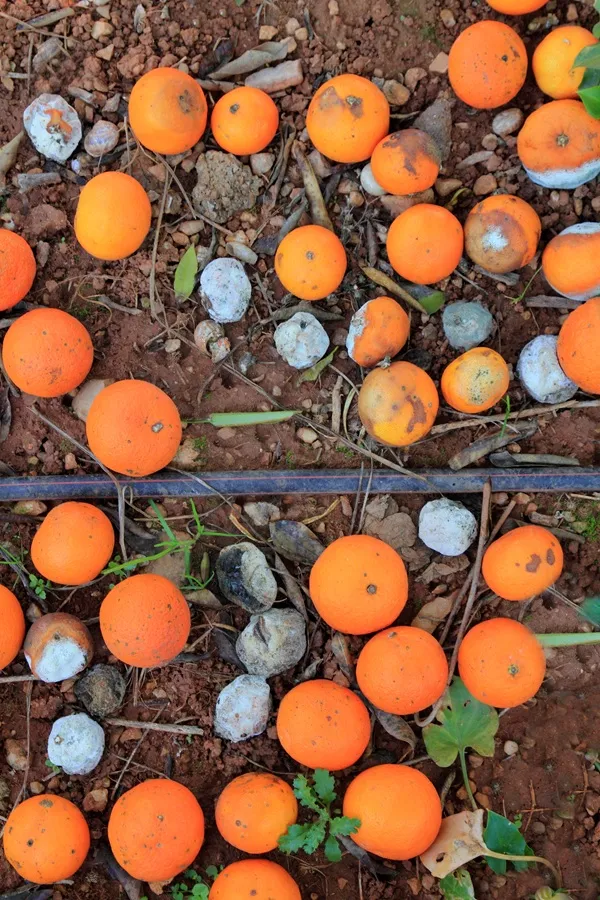Table of Contents
Blueberries: A Superfood’s Journey from Bush to Table
From wild forests to sprawling farms, blueberries (Vaccinium spp.) have emerged as a nutritional powerhouse and culinary favorite. This article delves into their global varieties, health benefits, cultivation practices, economic impact, and endless culinary possibilities.
1. Global Varieties of Blueberries
Blueberries thrive in diverse climates, with key cultivars including:
- Highbush (Vaccinium corymbosum):
- Bluecrop: Tart-sweet, frost-tolerant; dominant in North America and Europe.
- Duke: Early-season, firm-textured; ideal for fresh markets.
- Lowbush (Wild) (Vaccinium angustifolium): Smaller, intense flavor; harvested in Maine (USA) and Canada.
- Rabbiteye (Vaccinium virgatum): Heat-tolerant; popular in the southern USA (e.g., Brightwell).
- Biloxi: Evergreen variety suited for subtropical regions like Chile and Australia.
2. Taste & Nutritional Profile
- Flavor: Sweet-tart with floral undertones; wild blueberries are more intense.
- Nutrition (per 100g):
- Calories: 57 | Fiber: 2.4g | Vitamin C: 16% DV | Vitamin K: 24% DV
- Glycemic Index (GI): 53 (low), making them blood sugar-friendly.
- Antioxidants: Anthocyanins (linked to reduced inflammation and improved brain function).
3. Health Benefits
- Heart Health: Fiber and potassium support cardiovascular function.
- Cognitive Boost: Studies suggest improved memory and delayed neurodegeneration.
- Anti-Cancer Properties: Ellagic acid and resveratrol may inhibit tumor growth.
- Skin Protection: Vitamin C aids collagen synthesis, combating UV damage.
4. Cultivation & Climate Requirements
- Ideal Conditions:
- Climate: Temperate regions with cold winters (500–1,000 chilling hours).
- Soil: Acidic (pH 4.5–5.5), well-drained, rich in organic matter.
- Pollination: Requires bees (honeybees, bumblebees) for cross-pollination.
- Harvest: Summer to early autumn, depending on variety.
5. Major Producers, Exporters & Importers
- Top Producers (2023):
- USA (300,000+ tons; Michigan, Maine, Georgia).
- Canada (176,000 tons; Quebec, British Columbia).
- Chile (120,000 tons; counter-season exporter to the Northern Hemisphere).
- Poland (rapidly growing EU supplier).
- Leading Exporters: USA, Chile, Canada, Spain.
- Key Importers: EU, China, Japan, UAE.
6. Blueberry Products & By-Products
- Processed Goods:
- Frozen: IQF (individually quick frozen) berries for smoothies and baking.
- Dried: Sweetened or unsweetened snacks; used in granola and cereals.
- Juices/Concentrates: Blended into beverages or dietary supplements.
- Cosmetics: Blueberry extracts in anti-aging creams for their antioxidant properties.
- Agricultural Waste: Pruned branches repurposed as mulch or biofuel.
7. Storage & Preservation
- Fresh:
- Refrigerate unwashed in ventilated containers (1–2 weeks).
- Avoid moisture to prevent mold.
- Freezing:
- Wash, dry, and spread on a tray to freeze before bagging (12–18 months).
- Drying: Use dehydrators at 60°C for 12–18 hours; store in airtight jars.
8. Culinary Uses & Recipes
- Baking:
- Lemon Blueberry Muffins: Fold fresh berries into batter; bake at 190°C for 20 mins.
- Cooking:
- Blueberry Balsamic Glaze: Simmer berries with balsamic vinegar and honey for grilled meats.
- Breakfast:
- Smoothie Bowl: Blend frozen blueberries, banana, and almond milk; top with granola and coconut flakes.
9. Return on Investment (ROI)
- Costs:
- Initial Setup: $15,000–$30,000/acre (soil amendment, plants, irrigation).
- Maintenance: Annual pruning, pest control, and soil pH management.
- Yield: 5–10 tons/hectare for mature highbush plants.
- Profitability: Fresh berries sell for $4–$8/kg; organic and wild varieties command premiums.
10. Challenges & Innovations
- Pests/Diseases: Spotted-wing drosophila, mummy berry fungus.
- Solutions: Netting for birds, organic fungicides, and resistant cultivars (e.g., Draper).
- Sustainability: Precision agriculture, rainwater harvesting, and pollinator habitats.
Conclusion
Blueberries are a testament to nature’s blend of flavor and function. From antioxidant-rich snacks to lucrative global trade, their impact spans health, agriculture, and cuisine. As demand surges for superfoods, innovations in farming and processing ensure blueberries remain a staple in diets and economies worldwide.
Pro Tip: Add a splash of lemon juice to blueberry recipes to enhance their natural color and tang!
Savor the burst of blue—nature’s tiny titan of nutrition! 🫐








